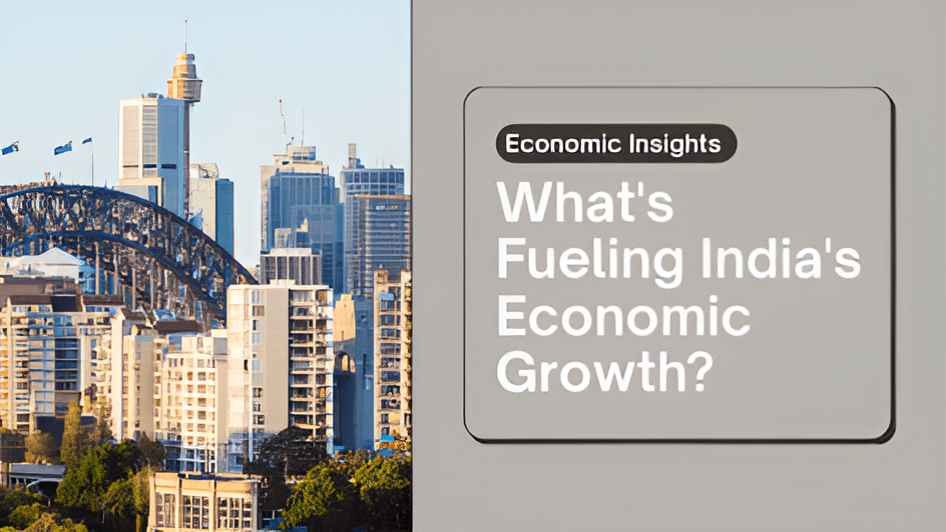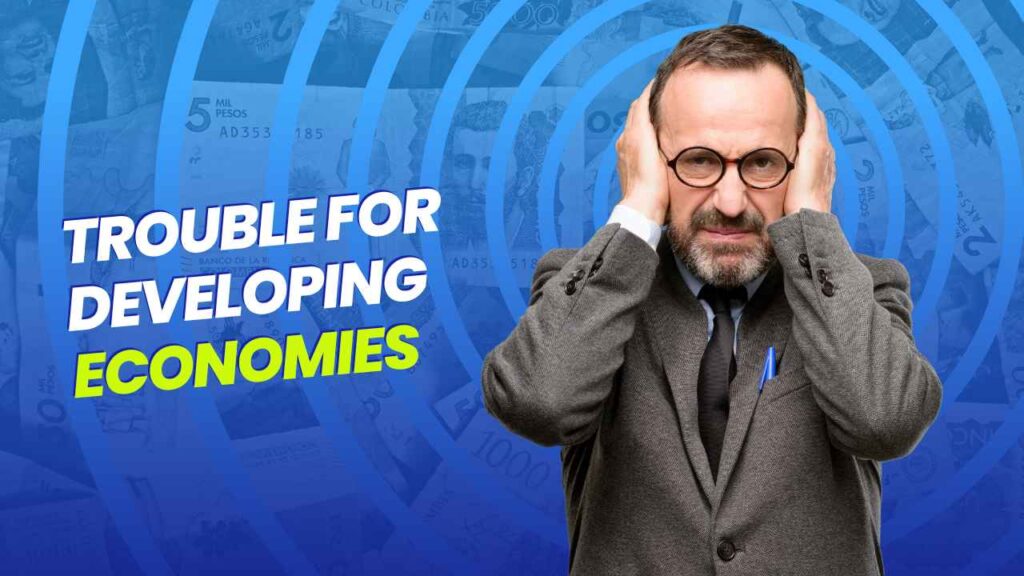
India is once again making headlines for its strong economic growth 📈. According to the latest report by the United Nations Conference on Trade and Development (UNCTAD), India is set to grow by 6.5% in 2025. While this is a bit lower than the 6.9% growth rate recorded in 2024, it still keeps India at the top as the fastest-growing major economy in the world 🌏.
What’s Fueling India’s Economic Growth? 💡
Despite global uncertainties and economic slowdown, India’s growth is being powered by two major factors:
- Strong Public Spending 🏗️
The Indian government is continuing to invest heavily in infrastructure, development projects, and social welfare schemes. This creates more jobs, supports businesses, and keeps money flowing in the economy. - Monetary Easing by the Central Bank 🏦
In early 2025, the Reserve Bank of India (RBI) cut interest rates by 25 basis points — the first rate cut in five years. Lower interest rates make loans cheaper, encouraging people to spend more and businesses to invest in new projects.

These steps are expected to boost household consumption and support private investment, both of which are key drivers of economic growth.
How is the Global Economy Doing? 🌍
While India continues to shine, the global economy is facing tough times. According to the UNCTAD report titled “Trade and Development Foresights 2025”, the world economy is on a recessionary path, with growth projected to slow down to just 2.3% in 2025.
Some of the key threats mentioned in the report include:
- Rising trade tensions and tariff wars 😡
- Financial market volatility 📉
- Unpredictable policy changes that cause businesses to delay investments and hiring
This mix of challenges is making it difficult for many countries, especially developing and low-income nations, to grow and recover.
South Asia Outlook: Growth with Caution ⚠️
India’s neighbours in South Asia are also expected to grow in 2025, but at a slower rate of 5.6%. Falling inflation in the region could allow more central banks to cut interest rates, which may help the economy.

However, there are still risks:
- Food price volatility 🌾
- Complex debt situations in countries like Bangladesh, Pakistan, and Sri Lanka
These challenges could limit how much these economies can benefit from lower interest rates.
Global Trade Is Under Pressure 🧭
The UNCTAD report also warns that global trade is suffering due to rising tariffs and trade restrictions. Supply chains are getting disrupted, making it hard for businesses to plan or grow.
In fact, the report says that “trade policy uncertainty is at a historic high.” Because of this, many companies are delaying investment decisions and cutting back on hiring new staff.
Trouble for Developing Economies 🌪️
Many low-income countries are facing what UNCTAD calls a “perfect storm“:
- Weak domestic growth
- Difficult financial conditions abroad
- High levels of debt

This combination is making it tough for them to achieve meaningful economic progress. UNCTAD highlights that unless there is coordinated global action, these countries could fall further behind.
A Silver Lining: South-South Trade 🌐
Amidst the global uncertainty, there is one positive trend – the growth of trade between developing countries, also called South-South trade. This now makes up about one-third of global trade.
According to UNCTAD, South-South trade offers new opportunities for developing nations to build stronger ties, share resources, and support each other’s economies. It can help these countries become more resilient against global shocks.
What’s the Solution? Collaboration & Coordination 🤝
The report ends with a clear message – countries need to work together. Whether it’s through trade agreements, policy coordination, or regional cooperation, dialogue is essential to bring back stability and confidence in the global economy.

UNCTAD believes that coordinated global action is the only way to keep economic development on track and support the world’s most vulnerable economies.
Final Thoughts 🧠
India’s 6.5% projected growth in 2025 shows that the country continues to move forward, even while the rest of the world struggles. Thanks to strong public spending and smart monetary policies, India is not just surviving but leading the global economy.

However, the challenges around the world remind us that no country can grow alone. Global cooperation, stable trade policies, and financial support for developing nations will be key to a sustainable future 🌱.
Get the latest market insights, economic updates, and trading trends—follow the AlgoDelta blog for expert analysis and timely information.
Disclaimer: This article is for informational purposes only and not financial advice. Always do your own research before investing.
source : ndtv.com



